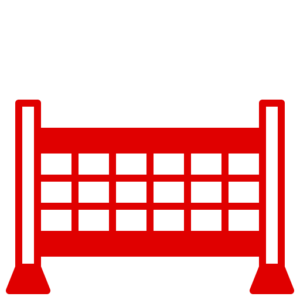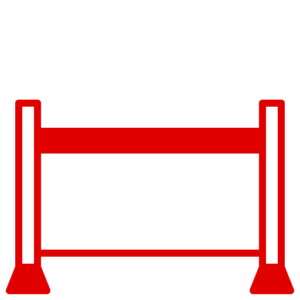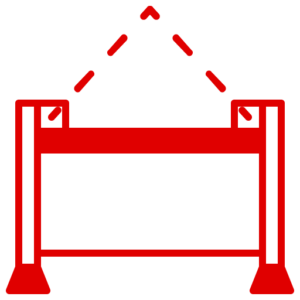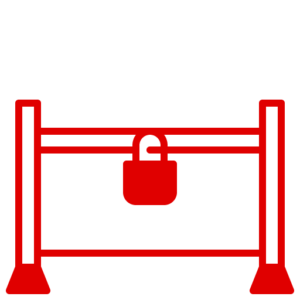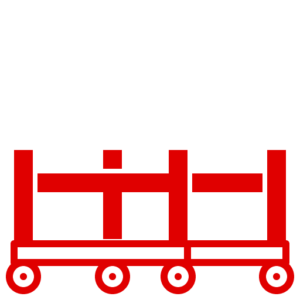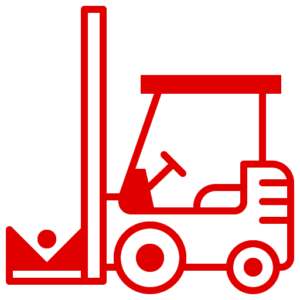News
Enhancing Stability and Efficiency with Pallet Feet: Lowe Stillages & Cages
At Lowe Stillages & Cages, we understand the importance of stability and manoeuvrability in storage solutions. Pallet feet, also known as pallet runners, offer numerous advantages when incorporated into a stillage. In this article, we explore the benefits, compare them to castors, and delve into their positive and negative impacts on storage facilities.
Advantages of Pallet Feet:
- Improved stability: Pallet feet increase the contact area between the stillage and the ground, enhancing stability. Wider bases distribute weight evenly, reducing the risk of tipping over, especially for heavy loads.
- Easier manoeuvrability: Pallet feet facilitate smooth movement of loaded stillages using forklifts or pallet jacks. The runners provide a seamless surface for easy lifting and relocation of the stillage.
- Reduced damage: Pallet feet protect the bottom of the stillage from damage during handling and transport. By raising the stillage off the ground, they safeguard against rough surfaces or debris.
- Increased lifespan: Pallet feet enhance durability, leading to a longer lifespan for stillages. This results in cost savings over time by reducing the need for frequent replacements.
Pallet Feet vs. Castors:
- Stability: Pallet feet offer superior stability compared to castors, making them ideal for heavier loads that require enhanced stability during handling and transportation.
- Load capacity: Pallet feet can support higher load capacities, distributing weight over a larger area and minimising the risk of damage or failure. Castors are generally suitable for lighter loads.
- Manoeuvrability: While not as manoeuvrable as castors, pallet feet remain easily movable with forklifts or pallet jacks. Castors excel in applications requiring frequent and quick stillage movement.
- Cost: Pallet feet are a cost-effective option, prioritising stability and load capacity over manoeuvrability. They are generally less expensive than castors.
Positive Impact of Pallet Feet:
- Space utilisation: Pallet feet maximise storage space by allowing secure and efficient stacking of stillages. Wider bases distribute weight evenly, minimisng the risk of collapse or toppling.
- Protection from moisture: By raising stillages off the ground, pallet feet safeguard them and their contents from moisture damage, especially in damp or wet environments.
- Improved ventilation: Pallet feet enhance ventilation around and beneath stillages, ensuring optimal airflow. This proves beneficial for items requiring a well-ventilated environment, such as perishable goods or chemicals.
- Easier cleaning: Pallet feet simplify cleaning underneath stillages, minimising contact between the stillage and the ground. This is crucial in hygiene-sensitive environments like food processing or healthcare facilities.
Negative Impact of Pallet Feet:
- Limited manoeuvrability: Pallet feet restrict stillage manoeuvrability, making it more challenging to position or move them in certain areas or tight spaces.
- Increased height: Pallet feet add height to stillages, potentially causing issues in storage facilities with low clearance or limited vertical space.
- Higher cost: Depending on the type used, pallet feet may be pricier than alternatives like castors. This cost factor should be considered when budget is a significant concern.
- Risk of flooring damage: Pallet feet can cause damage to certain types of flooring, particularly if stillages are frequently moved or the flooring is not designed to handle the weight and pressure of the feet.
Pallet feet play a vital role in enhancing stability, load capacity, and longevity of stillages. Their implementation depends on specific requirements and priorities. Lowe Stillages & Cages offers expert guidance in choosing the ideal solution for your needs, ensuring efficient and secure storage and transportation.

